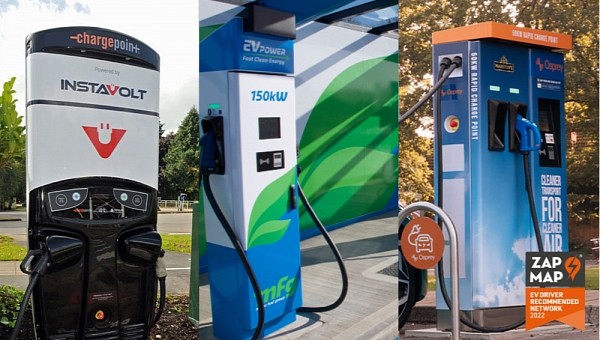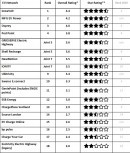When it comes to modern mobility, the electric variety probably tops the charts in terms of how talked about it is. By now everybody has at least heard of EVs and most people took the time to learn the intricacies behind their production.
And there are many reasons for that. Whether you were awestruck when first seeing their performance and fell in love with them or just despise the lack of a rumbling engine, you’ve done your fair share of research.
Whether you love the idea of less harmful emissions within city limits or quiver at the thought of lithium mining, you know how EVs work. But there is one other thing that needs to be taken into account, and the UK is hard at work.
Of course, I am talking about EV charging. Unlike gas-powered cars, which benefit from an extensive network of petrol stations where a quick top-up is sufficient, EVs require some forethought.
There is an element of planning your journey, which can be anxiety-inducing for some people, but work is being done to eliminate that. The UK is laboring to achieve a target of 300,000 chargers by 2030. If regulators go along with the plan, ICE cars will be banned starting 2035.
I know the figures promised sound like a lot, especially when compared to the number of petrol stations available in any given country, but they operate differently. As mentioned before, with an EV you can’t just stop for five minutes, fill up and drive away, so more individual chargers are needed.
While that seems to be an unrealistic goal, the more you look at it, the more attainable it seems. The UK managed to add 8,700 new public chargers to its network in 2022 alone. This is a roughly 30% increase, which brings the total available to over 37,000.
Some quick math will show that if they can keep expanding at this rate, that lofty number can be achieved. Rapid and ultra-rapid chargers, capable of delivering more than 25 kilowatts (kW) and 100 kW of energy, respectively, are also on an upward trend.
Zap-Map, UK’s leading platform for route planning and searching for charging points, reports that new additions to that category account for nearly 1,000 of the total increase. This is partly due to significant funding from companies like Tesla, InstaVolt, and even oil companies like Shell and BP.
However, the most important growth that concerns the average EV owner might be the “slow” chargers, where vehicles can be left overnight. While it is handy (even bordering on necessary) to have a good network of rapid and ultra-rapid chargers, that is not where the average person is going to do most of their charging. We’re not always on long journeys so, cheap overnight power is where the focus mostly falls.
A few more years still need to pass before the network can support a full transition, but things are going smoothly. With more chargers available every year, it is becoming increasingly feasible and attractive to make the switch to electric mobility.
Whether you love the idea of less harmful emissions within city limits or quiver at the thought of lithium mining, you know how EVs work. But there is one other thing that needs to be taken into account, and the UK is hard at work.
Of course, I am talking about EV charging. Unlike gas-powered cars, which benefit from an extensive network of petrol stations where a quick top-up is sufficient, EVs require some forethought.
There is an element of planning your journey, which can be anxiety-inducing for some people, but work is being done to eliminate that. The UK is laboring to achieve a target of 300,000 chargers by 2030. If regulators go along with the plan, ICE cars will be banned starting 2035.
I know the figures promised sound like a lot, especially when compared to the number of petrol stations available in any given country, but they operate differently. As mentioned before, with an EV you can’t just stop for five minutes, fill up and drive away, so more individual chargers are needed.
While that seems to be an unrealistic goal, the more you look at it, the more attainable it seems. The UK managed to add 8,700 new public chargers to its network in 2022 alone. This is a roughly 30% increase, which brings the total available to over 37,000.
Some quick math will show that if they can keep expanding at this rate, that lofty number can be achieved. Rapid and ultra-rapid chargers, capable of delivering more than 25 kilowatts (kW) and 100 kW of energy, respectively, are also on an upward trend.
Zap-Map, UK’s leading platform for route planning and searching for charging points, reports that new additions to that category account for nearly 1,000 of the total increase. This is partly due to significant funding from companies like Tesla, InstaVolt, and even oil companies like Shell and BP.
However, the most important growth that concerns the average EV owner might be the “slow” chargers, where vehicles can be left overnight. While it is handy (even bordering on necessary) to have a good network of rapid and ultra-rapid chargers, that is not where the average person is going to do most of their charging. We’re not always on long journeys so, cheap overnight power is where the focus mostly falls.
A few more years still need to pass before the network can support a full transition, but things are going smoothly. With more chargers available every year, it is becoming increasingly feasible and attractive to make the switch to electric mobility.









